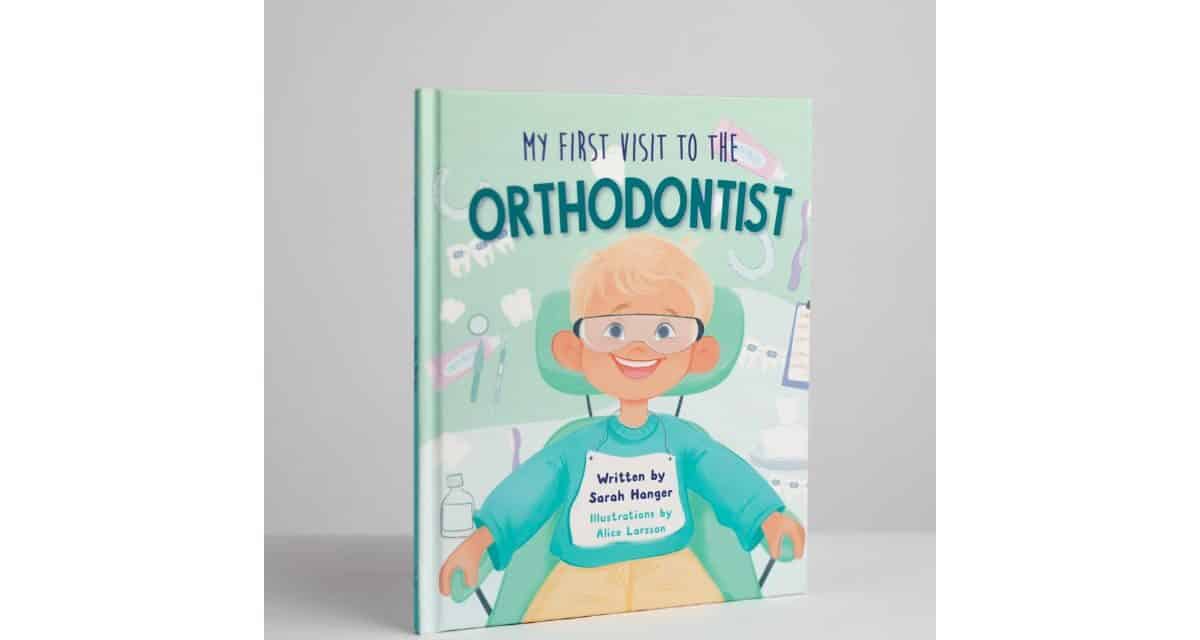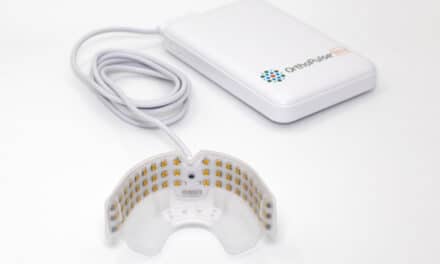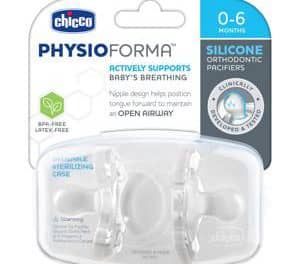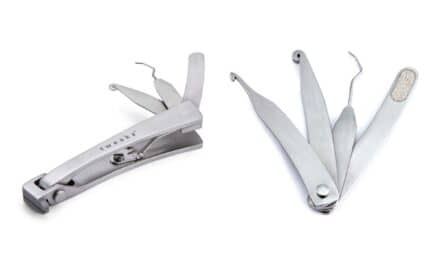Sarah Hanger discusses how her illustrated children’s book, My First Visit to the Orthodontist, is helping practices enhance patient experience and strengthen family engagement.
Orthodontic practices are constantly seeking ways to improve the patient experience, particularly when it comes to easing the fears of young patients and building trust with families. One emerging tool is My First Visit to the Orthodontist, an illustrated children’s book designed to make the first trip to the orthodontist feel approachable, engaging, and fun.
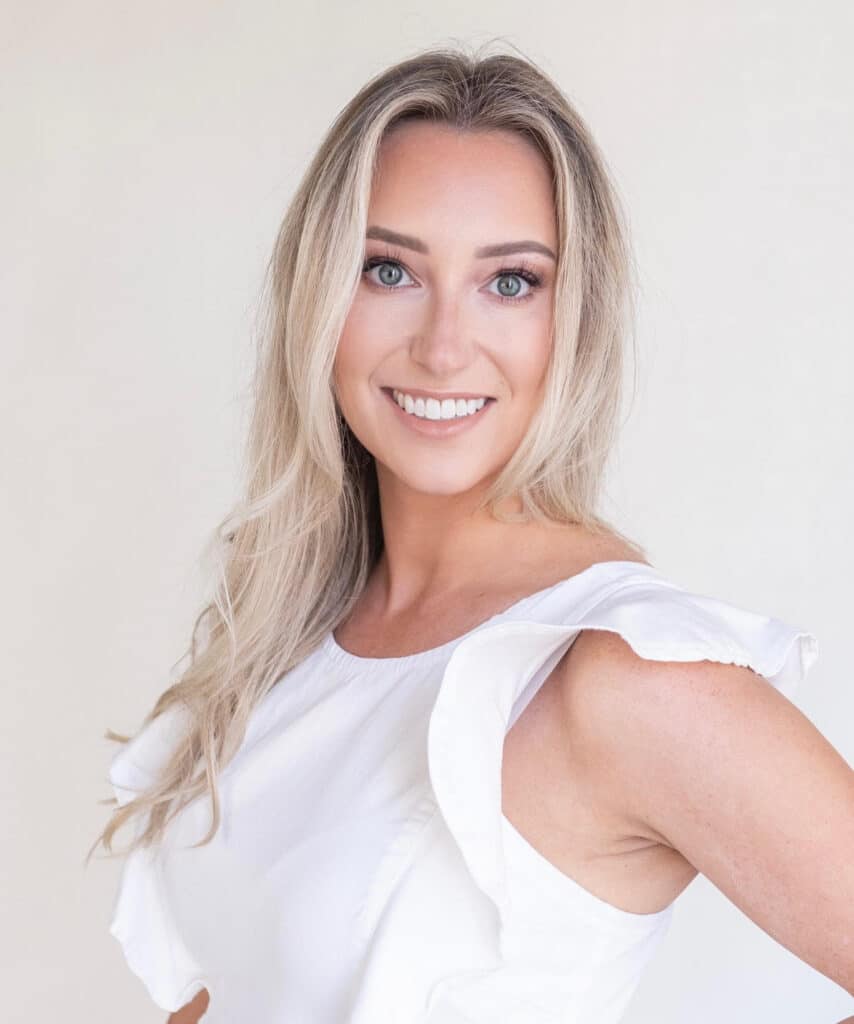
The book, available in both English and Spanish, is being used by practices worldwide in creative ways—from replacing traditional referral pads to serving as a welcome gift for new patients or siblings in observation programs. Its blend of simple, reassuring language and playful illustrations helps families understand what to expect, while also serving as a unique branding tool for practices.
Orthodontic Products spoke with the book’s author, Sarah Hanger, who drew on more than a decade of experience in orthodontic practices—a background that includes her current role as practice manager at a Virginia practice.
Orthodontic Products: What inspired you to write My First Visit to the Orthodontist, and how did you approach making the orthodontic experience accessible and engaging for young readers?
Sarah Hanger: The idea for the book actually came from a school presentation I was preparing for a kindergarten class. I wanted to bring a story to read that would explain what an orthodontist does and help ease any fears, but I quickly realized nothing like that existed. So, I decided to write the book myself.
I pulled from a decade of experience in orthodontics in various roles and thought about all the questions kids ask during their first visit. In addition, my experience as a mom of two young kids allowed me to relate from a parent’s perspective. I could see the benefit of having an educational resource that allows you and your child to prepare in advance for what is a major family milestone. I focused on using simple, reassuring language, paired with cheerful, playful illustrations that would walk them through the process step by step in a way that felt fun and safe.
OP: Since its release, how have you seen the book used in practices? What are some of the most effective or surprising uses you’ve seen?
Hanger: It has been amazing to watch how creatively practices are using the book. One of the most common ways is in place of a traditional referral pad. Instead of having referring dental offices hand families a slip of paper, orthodontic practices are now giving them a thoughtful, story-driven resource they can take home and share. What makes it especially powerful is how often it gets passed along from one family to another. Parents tend to share it with friends, neighbors, or relatives, which naturally leads to more word-of-mouth referrals.
The book ends up doing double duty. It educates the child while also serving as a marketing piece that introduces the practice to new families in a really warm and approachable way. Some offices give it to younger siblings of current patients or send it to kids around age 7 to invite them into their observation or smile club programs. Others include it in new patient gift bags, use it during school visits, or hand it out at community events.
What has surprised me most is how quickly it has spread beyond my initial outreach touchpoints. The book is now selling worldwide, including in Canada, Germany, England, and Australia. It is incredible to see how many practices and families are finding value in it, no matter where they are located.
To help make this an accessible marketing tool for practices, it is also available for bulk ordering at a discounted rate for offices that want to use it as part of their outreach or customize it to reflect their branding. Practices can reach out to me directly through my website to learn more about those options. It is a simple but really effective way to make a lasting impression and build trust with families from the very beginning.
OP: How are practices customizing the book to reflect their brand or practice culture, and what has the response been from both staff and patients’ families?
Hanger: Practices are really making the book their own, and that’s one of the things I love most about how it’s being used. Some offices are customizing the front or back cover with their logo, tagline, and contact information so it truly feels like an extension of their brand. Others are taking it a step further by adding a QR code inside that links directly to their website, online scheduling portal, or even their new patient welcome video. It turns the book into both an educational tool and a beautifully packaged marketing piece that families actually want to keep and share.
The response has been overwhelmingly positive. Parents tell us how grateful they are to have something that explains what to expect in such a gentle and friendly way. It takes away a lot of the unknowns and makes orthodontics feel approachable. And for the team, it has been a great conversation starter, especially for treatment coordinators and front desk staff. Instead of explaining the basics over and over, they now have a resource that supports what they are already saying and reinforces it in a way kids can understand and enjoy.
It has been amazing to watch how creatively practices are using the book to reflect who they are and even more amazing to hear how well it is being received by families.
OP: With versions available in both English and Spanish, how have you seen the book support efforts around inclusivity and communication with diverse patient populations?
Hanger: Offering the book in both English and Spanish has made such a difference, not just for local practices but on a global scale. It opens the door for more meaningful communication and helps families feel seen, heard, and understood right from the start. Orthodontic treatment can already feel overwhelming to parents who are navigating it for the first time, and that feeling only increases when there’s a language barrier. Having a resource that explains everything visually and simply in their preferred language creates a sense of comfort and trust that’s hard to replicate.
Offices with bilingual team members have shared how helpful it is to have something that matches the conversations they are already having. It reinforces their efforts to make every family feel welcome and informed, and it shows that the practice truly values inclusivity. In communities where Spanish-speaking families make up a large portion of the patient base, the Spanish edition has become a go-to tool for new patient appointments, observation programs, and even school outreach events. It gives those families the confidence to ask questions and participate fully in their child’s care, which leads to stronger relationships and better experiences all around.
Even in practices where staff may not be fluent in Spanish, the book has still been useful. The illustrations help bridge the gap and walk families through what to expect in a way that feels natural and reassuring. It’s a simple but powerful way to make the experience more accessible for everyone.
On top of that, offering both language options has helped expand the book’s reach well beyond the United States. Offices around the world are using it to help young patients feel prepared and excited for their first visit, and I think the universal tone of kindness and clarity is what makes it so effective. No matter where you are or what language you speak, every child deserves to feel comfortable and confident walking into the orthodontist for the first time. This book helps make that possible.
OP: As the orthodontic industry places greater emphasis on patient experience and practice differentiation, what role do you see educational tools like this book playing in that evolution?
Hanger: I think tools like this book are becoming more essential as practices look for meaningful ways to stand out and build trust with families in a crowded market. Today’s families are looking for more than just clinical expertise. They are looking for warmth, transparency, and a sense that their child is genuinely understood. That starts long before braces ever go on. The first impression matters more than ever, and having something tangible that communicates your values in a kid-friendly and approachable way sets the tone from the very beginning.
We are in a time where personalization and connection make all the difference. Parents want to feel confident in their choice of provider, and they are paying attention to every detail. When an office hands them a book that is thoughtfully created, age-appropriate, and actually answers their child’s questions, it sends a strong message that the practice is intentional and genuinely cares. It is not just about growing a patient base. It is about creating an experience that feels personal, thoughtful, and consistent at every step.
In a world that is very tech-driven, where so much information lives in emails and apps and digital portals, tools like this bring something different. Digital resources are important, but they can easily get lost or buried in a sea of other notifications. A printed book has a lasting presence. There is something about the physical experience of turning pages with your child, sitting down to read together, and being able to revisit it again and again. It brings a bit of nostalgic appeal for parents, and it gives the whole experience a timeless charm. Books never really go out of style, and that sense of permanence makes it feel even more thoughtful and special.
Tools like this also help unify the team. It gives everyone from the front desk to the clinical assistants a shared language and a visual resource they can lean on when introducing families to the process. It helps streamline conversations, lowers anxiety, and creates a more informed and confident start to care. When families arrive already feeling prepared, it transforms the tone of that first visit and makes everything else flow more naturally.
Beyond that, I think we are seeing a bigger shift in how practices approach communication and education overall. The offices that are leading with empathy and clarity are the ones building stronger relationships, creating better patient experiences, and ultimately getting more referrals. A tool like this may seem simple, but it becomes a cornerstone in shaping how a family feels about their entire journey. It shows that the practice is paying attention not just to the outcome, but to the human experience that gets them there. OP
Photos courtesy of Sarah Hanger.

